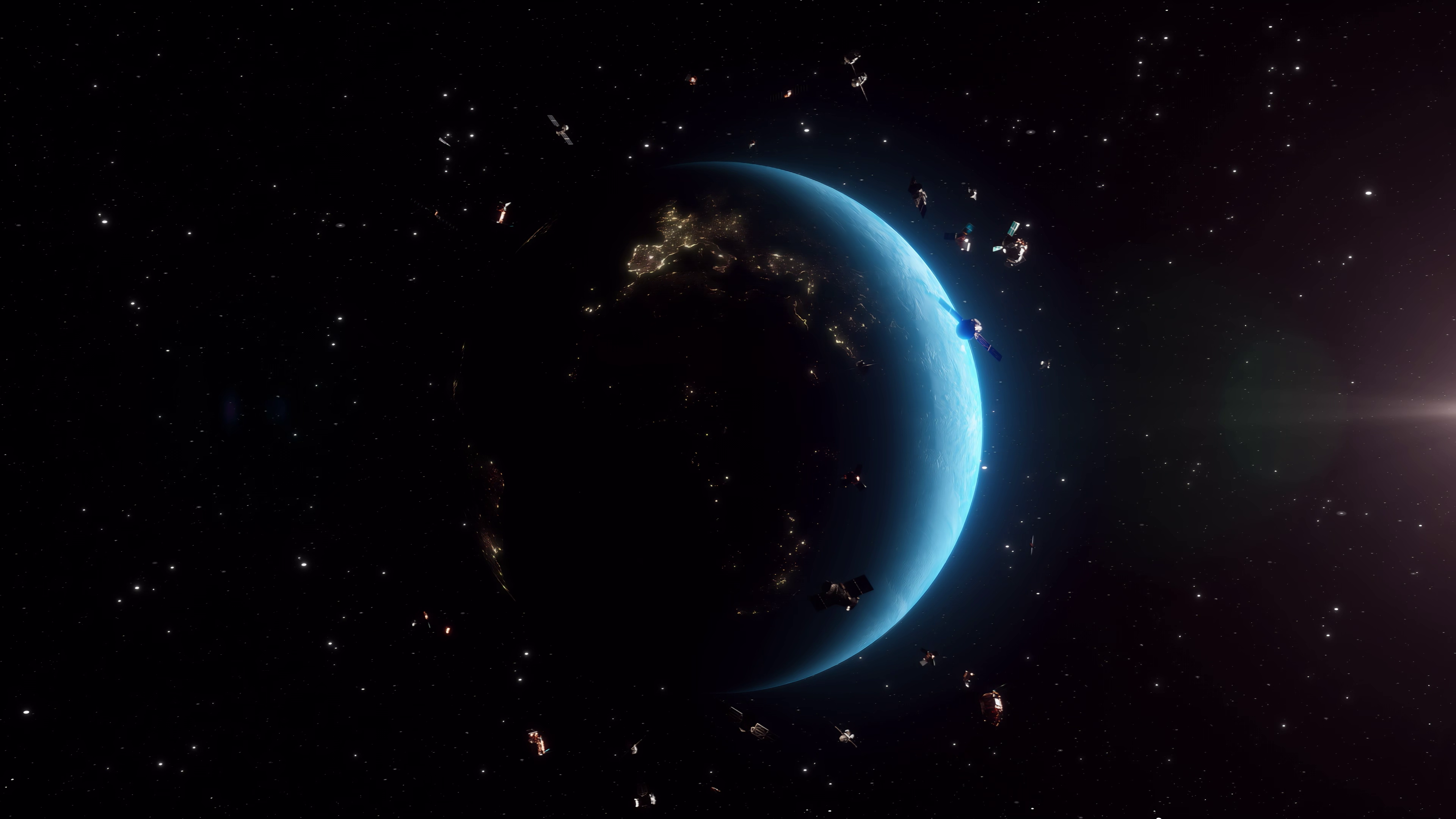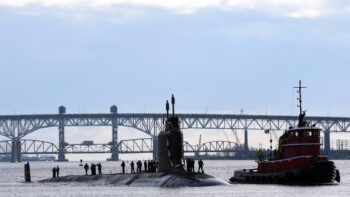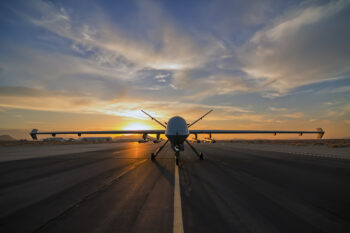
The risks of in-space smash-ups is growing as Earth’s orbit becomes more congested. (Image: European Union Space Surveillance and Tracking Consortium)
SPACE SYMPOSIUM 2024 — The Commerce Department envisions that its system to track non-military objects in orbit will work closely with others around the globe in the near future — requiring the US to cooperate with other players who have “not traditionally” shared necessary data before, according to a new document from the Office of Space Commerce.
Published Monday, the Global Space Situational Awareness [PDF] “Global Vision” foresees a whole-of-earth effort to ensure safe use of space, where the department’s budding Traffic Coordination System for Space (TraCSS) will be one of many within an international ecosystem that share data with spacefarers. These “national or regional hubs” working together as a “coordinated system,” the document says, “will be necessary to minimize the potential for spacecraft operators to receive conflicting information” about potential orbital collisions and ensure the “safe and efficient adjudication” of those events.
Recognizing that contemporary space situational awareness (SSA) coordination is not where it needs to be to achieve this goal, the document calls for greater engagement with other international actors. In a likely overture to countries like Russia and China, that includes “opening lines of communication with nations operating SSA systems that have not traditionally coordinated their efforts with the United States.”
Key to global coordination, according to the document, should be an “early focus” on ensuring that standards and best practices are aligned. For its part, the US is “currently exploring” the best practices for TraCSS, which will further “leverage” data standards established by the Consultative Committee on Space Data Systems and the International Organization for Standardization. However, the document notes that “it is likely that some adjustments to the standards will be necessary” to fulfill TraCSS’s “operational needs.”
Commerce is slowly assuming the SSA mission for keeping tabs on non-military objects from the Pentagon amid the burgeoning growth of commercial space traffic. That process, officials have warned, could take up to five or more years to accomplish. But once it’s complete, the Office of Space Commerce, housed within the National Oceanic and Atmospheric Administration, will be tasked with ensuring commercial, civil (e.g. NASA) and foreign operators don’t collide in the heavens.
Officials have said the goal is for an initial tracking system to be finished this year, which will then be incrementally improved through an agile development model. The document released today complements that work by essentially seeking to start a conversation with other space players about coordinating future orbital pursuits.
“As activity in space rises, global coordination has become increasingly important,” the document states. “This vision for global space situational awareness coordination aims to provide a first step toward a more safe and sustainable global future in space.”






















